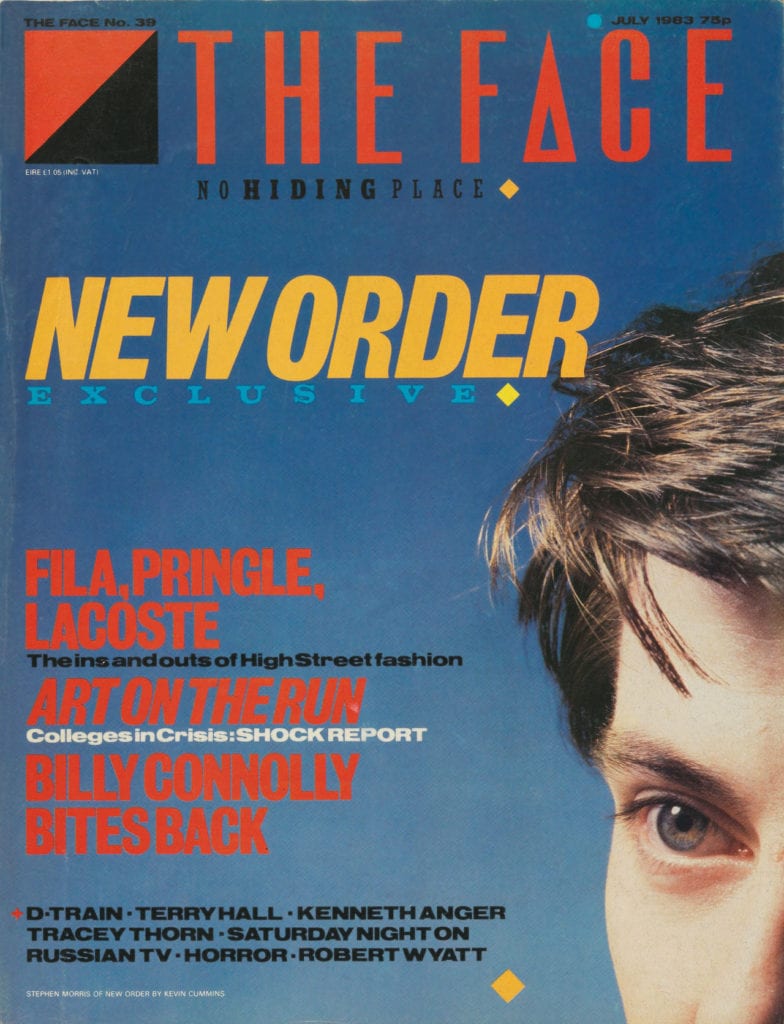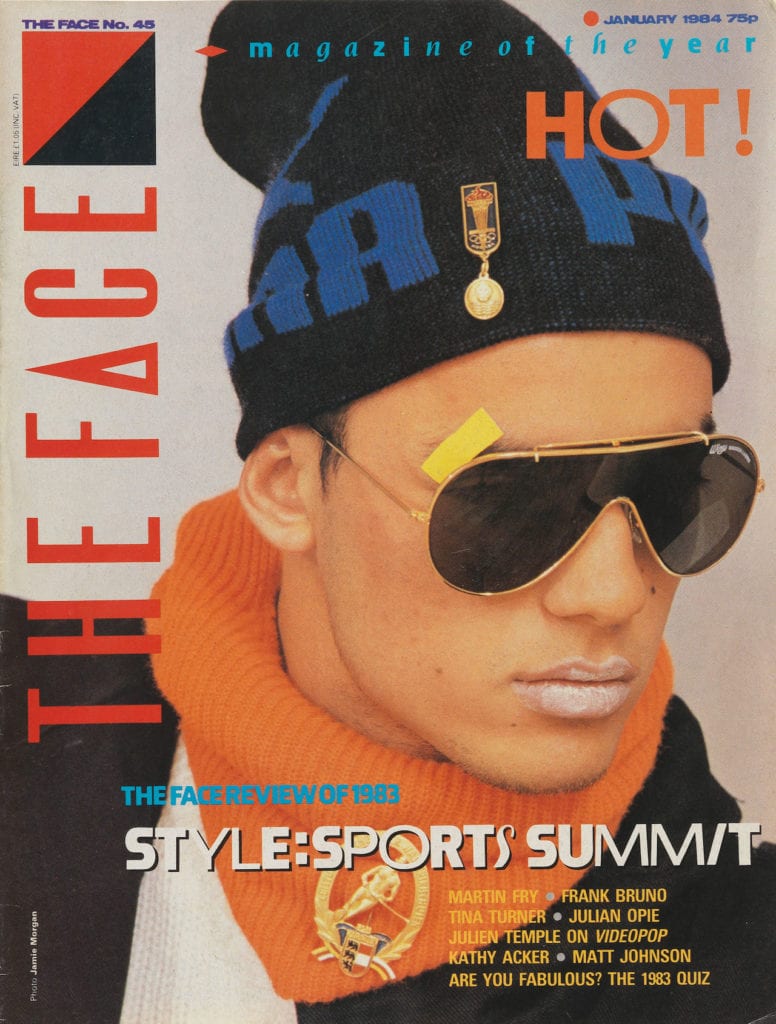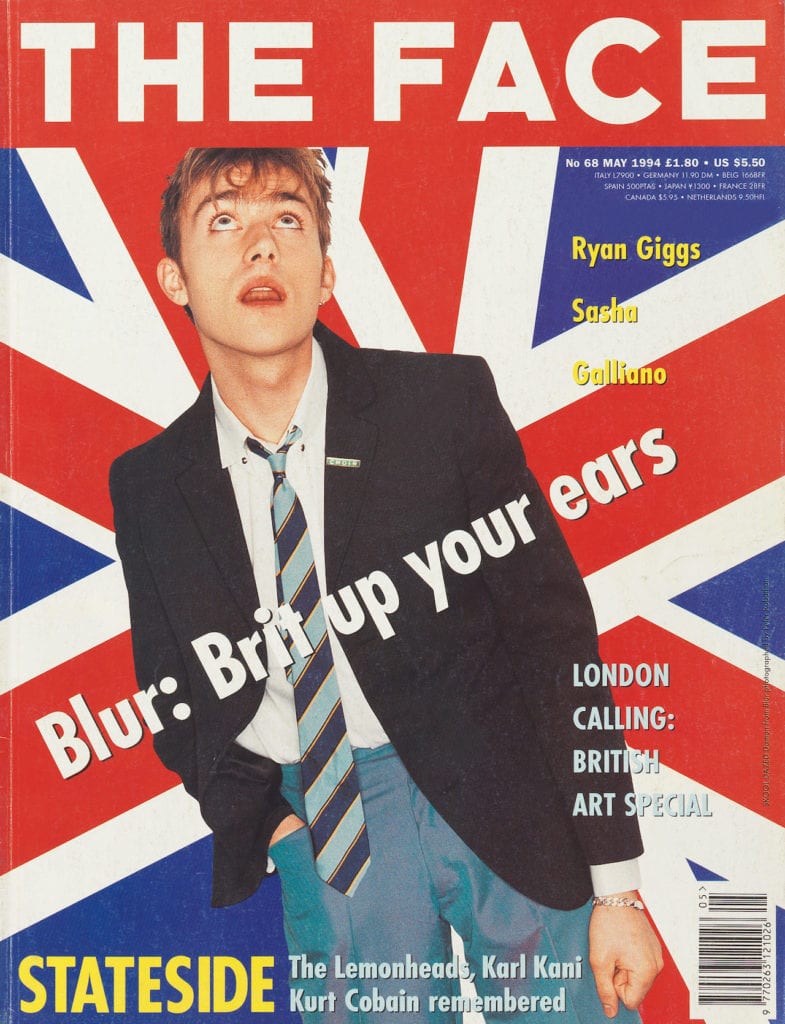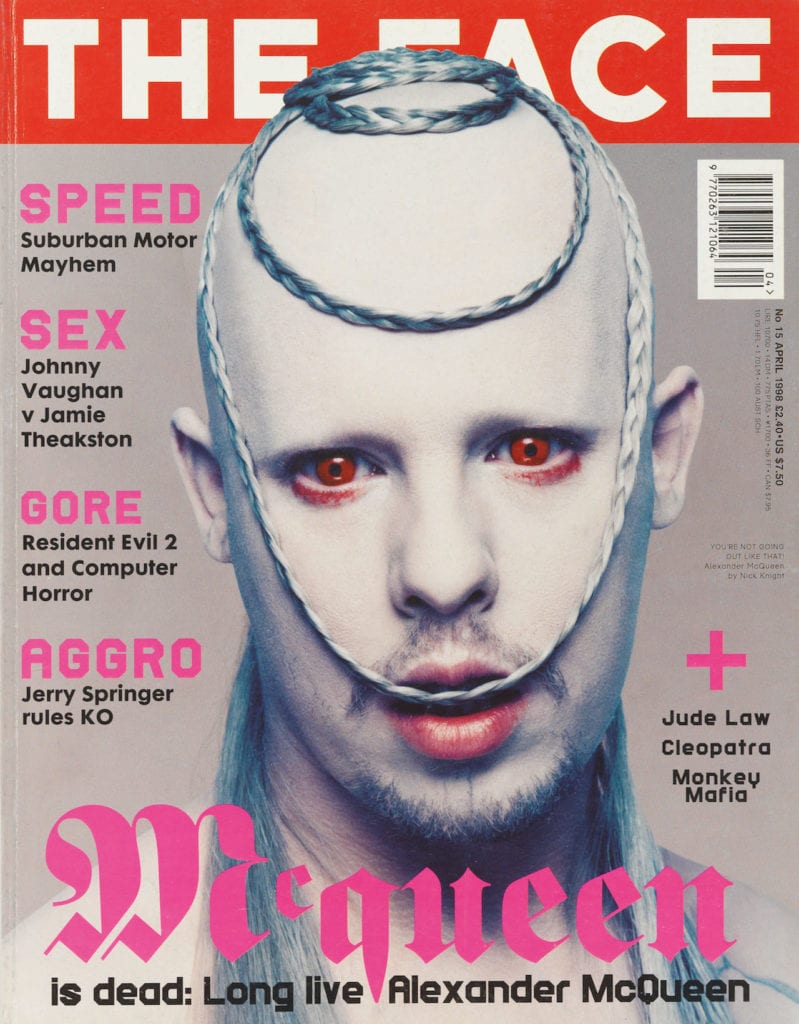“The photography in The Face highlighted the important fact that none of these cultural things existed in a vacuum,” says Paul Gorman. “It was nearly always reportage.”
In his new book The Story of The Face: The Magazine That Changed Culture, the long-standing author and journalist hopes to show just how important the iconic magazine was in shifting British perspectives on culture – and how photography helped it do so. Founded in 1980 by Nick Logan, the same man behind NME and Smash Hits, The Face was the first UK magazine to champion youth and counter-culture, fashion, music and film under one banner, and in doing so, argues Gorman, helped launch some of the most influential music, fashion and documentary photographers of our time, including Sheila Rock, Corinne Day, Juergen Teller, Nick Knight and Ewen Spencer.
“[Logan] wasn’t interested in it being a funny little magazine on sale in a tiny old bookshop,” says Gorman. “Nick brought vanguard ideas into the mainstream with The Face. He’d bring in someone like Jamie Morgan or Corinne Day, these spiky uncomfortable figures, and give them mainstream exposure.
“After being given that sort of platform, their importance was recognised commercially,” he continues. “Day and David Sims were doing campaigns for Barney’s within a year of working with The Face. All of these people who had been struggling along the way beforehand, it was all because Logan and the crew he had around him championed them. The whole idea was to champion interesting stuff.”
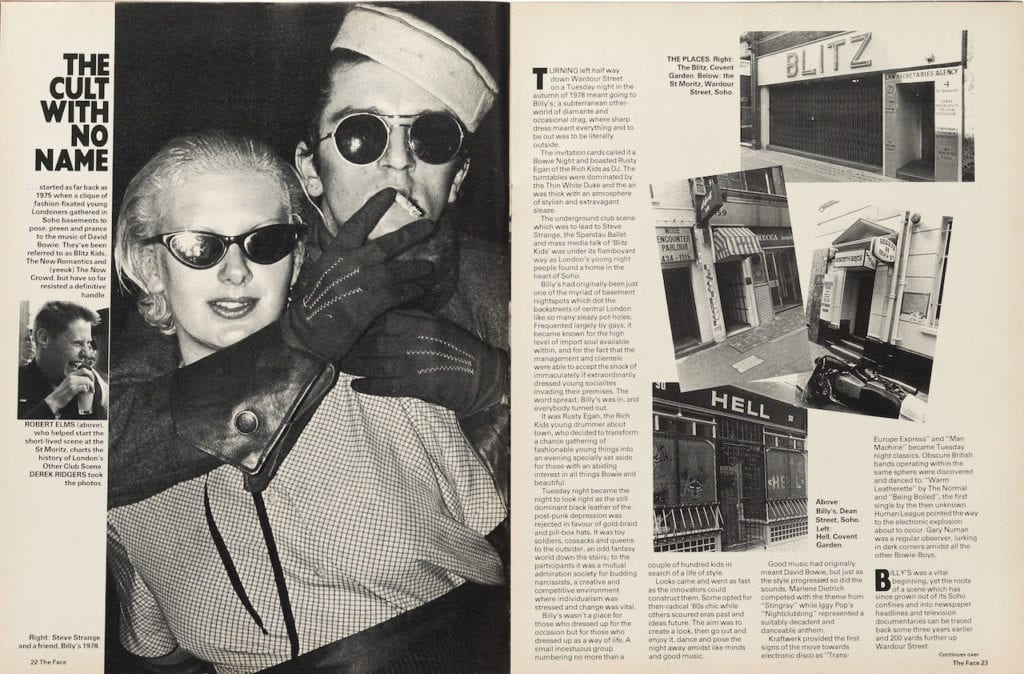
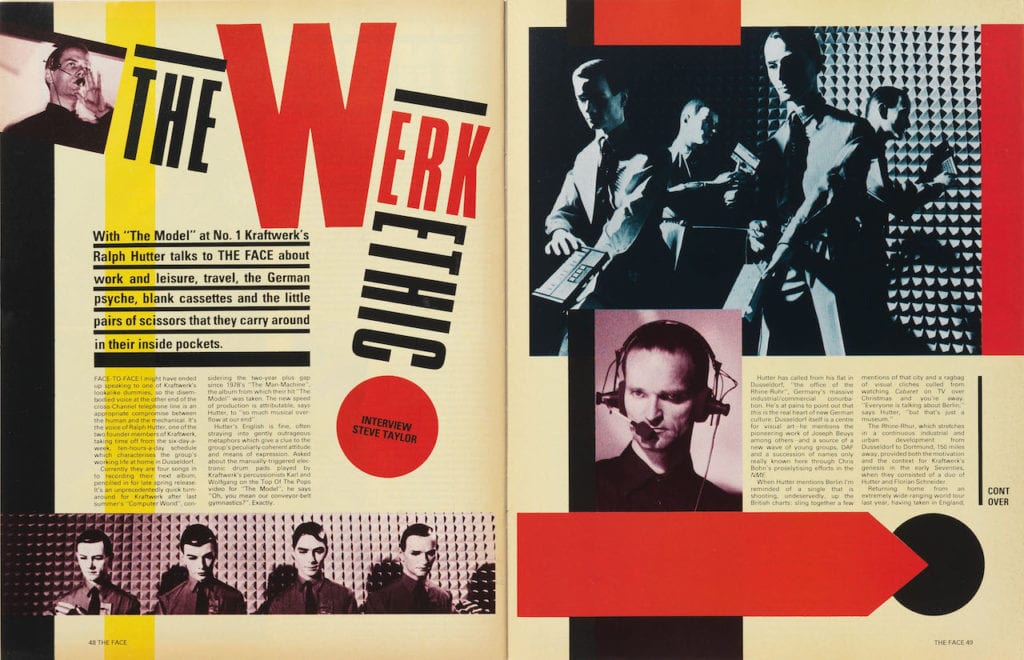
And it was that significance and legacy that inspired Gorman to put the book together in the first place, starting to research the project way back in 2012. Featuring an intro from GQ editor Dylan Jones, interviews, over 440 illustrations, iconic covers, spreads and features, The Story of The Face is 352-page ode to a once all-conquering monthly magazine that closed in 2004 and that Gorman feels is now under-appreciated, owing in part to its poor performance in its latter years.
“As with many other people, my interest in music and clothing were developed by The Face during my 20s,” he explains. “But [at the end of the 1990s] it fell by the wayside. After Logan sold The Face in 1999, it wasn’t digitised so by the mid-2000s there didn’t seem to be an understanding or appreciation of what it had been. It was in danger of being lost. I became obsessed with it getting the recognition it deserved.”
In the 1980s and 90s it was a different story though, with the magazine skyrocketing to fame and securing cover stars such as David Bowie, Annie Lennox, Prince and George Michael. Photography was instrumental to its success, argues Gorman, and increasingly important as the magazine evolved.
“Graphic design and typography had primacy through Neville Brody [art director of The Face from 1981- 1986],” says Gorman. “But then that primacy shifted to new uses of photography, even in that ephemeral fashion world. Suddenly you had photography, which had always been important to The Face, becoming more important and understood generally. The narrative of photography started taking over.”
According to Gorman, Robin Derrick, art director of The Face from 1986-87, was instrumental in that shift. “Derrick says in the book that Brody is one of the best graphic designers of all time, certainly the best of his generation – but that, like a typical graphic designer, he saw photography as just one element in many. Derrick, because of his interest in fashion, wanted to work with photographers and bring them to the fore. It led to people like Nick Knight working with designers like Simon Foxton.
But it was Derrick’s successor Phil Bicker who made photography pop at The Face, Gorman adds. “His willingness to work with new and unproven talent opened up the floodgates for nearly all of the big names in fashion photography who came through in the 90s.
“Rather than just some snapshot of Johnny Rotten, there would be a really great Sheila Rock portrait,” Gorman says. “It was real portraiture and was to be considered on those terms, not just as promotion for a record or whatever.”
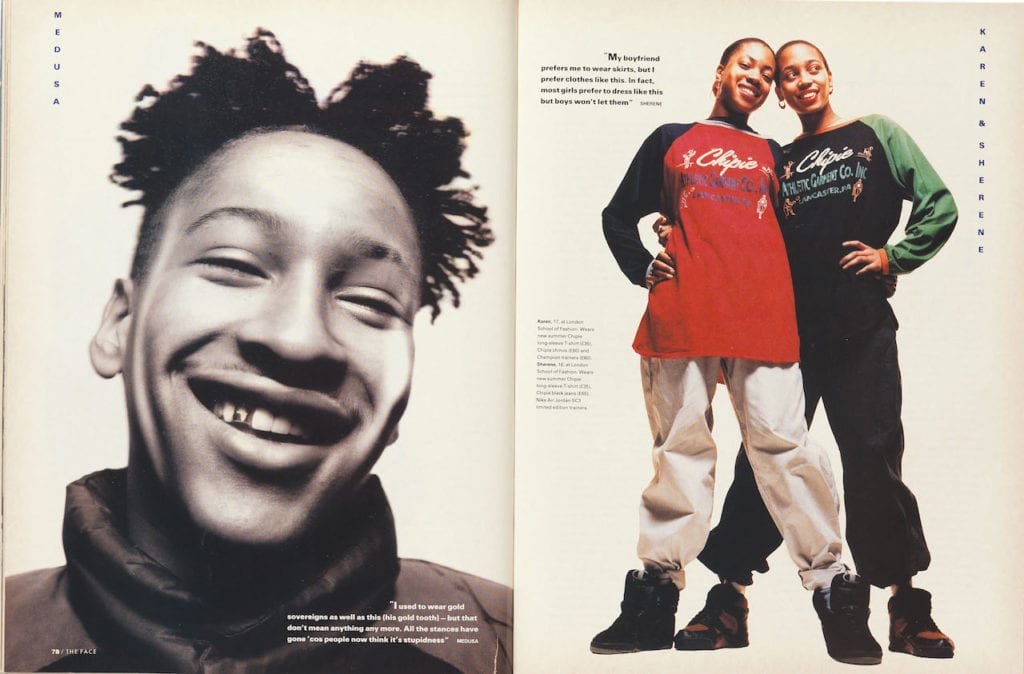
Many of the magazine’s iconic cover images have stood the test of time but particular shots still stand out – the most notable example probably from the July 1990 issue, which featured a cover shot of a smiling, 16 year-old Kate Moss, captured by Corinne Day. Released when acid house, football, and Balearic were coalescing to form a definitive rave scene, the issue was themed ‘The 3rd Summer of Love’, and captured the moment in an unforgettable way.
“[In that issue] you had photographs of the crowds at Spike Island [watching The Stone Roses] along with those of a south coast beach with Kate Moss,” says Gorman. “They were all reportage even though one was a fashion shoot and one was of a gig. It showed that democratic, egalitarian moment that was the 1990s in Britain.”
But for Gorman it’s a cover from June 1984 that’s the most interesting, shot by Mario Testino and showing “a bloke and a woman”. “She’s leaping in the air and he’s stood cross-legged, adopting a weird pose. I remember seeing that issue and thinking that fashion photography had been changed. You could see what they were wearing, but what it showed was how the image itself really had supremacy. It was so active.”
For Gorman, it’s a style that’s still influential today, 37 years after The Face launched. “We’ve got a whole range of niche, independent magazines now,” he says. “Digitisation has been able to open the floor up to a whole host of niche activity with the likes of gal-dem, Burnt Roti and Mushpit. They all remind me of The Face when it started. They challenge the corporate structure and because that structure isn’t holding, I think there are great prospects for independent magazines again to take advantage.
“Nick is an inspirational figure because he just took £3500 and chucked that into the first issue, not knowing if it was going to make enough money to make the next one,” he continues. “It was sausage sandwiches and tea in Styrofoam cups for years on end, but he pursued it because he had such a good idea. And I think that’s it. It’s an inspiration to anyone who wants to make a magazine and not be corporate about it. It still looks utterly contemporary today. The Face predicted the future.”
The Story of The Face: The Magazine That Changed Culture by Paul Gorman will be published in November by Thames & Hudson www.paulgormanis.com https://thamesandhudson.com/
